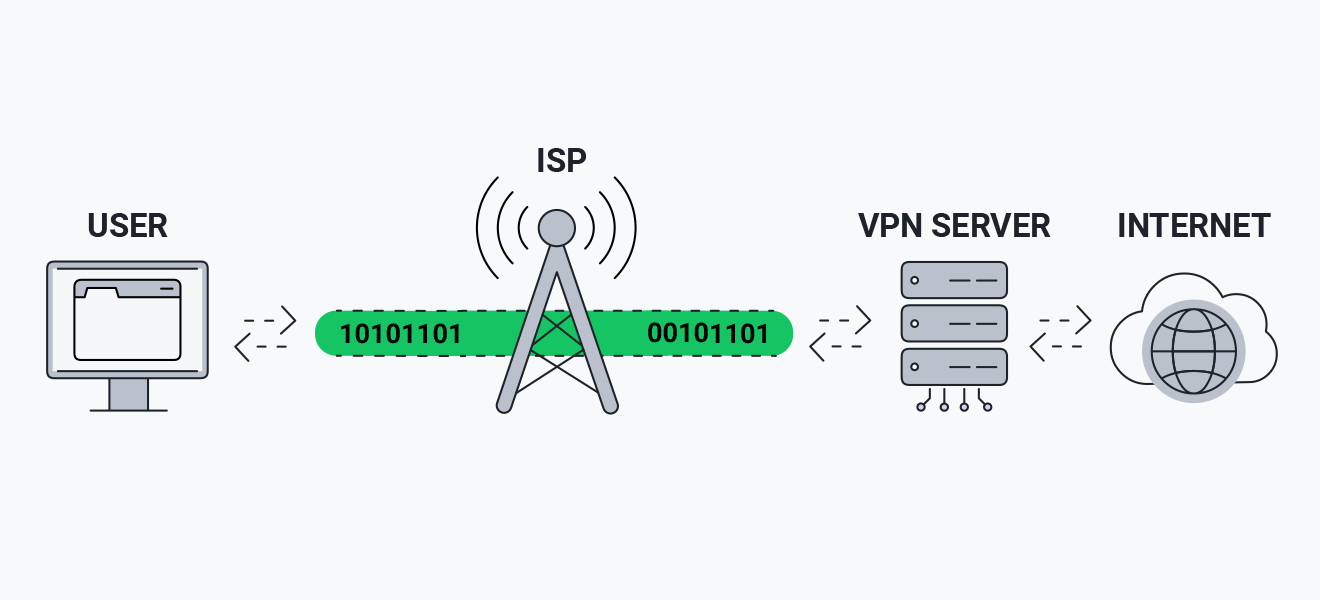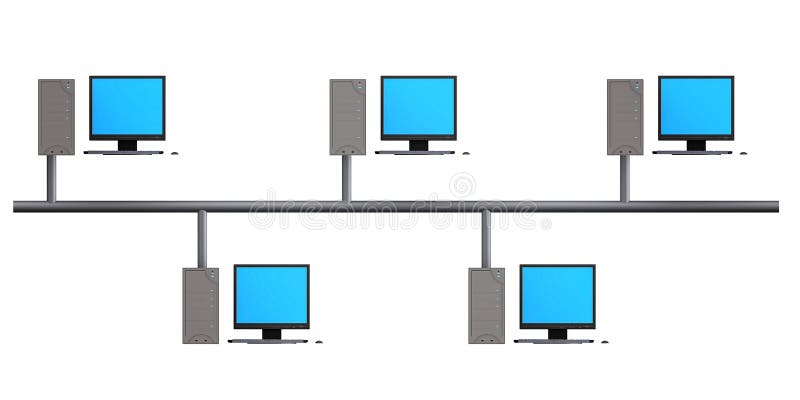Networks Types and Topologies
Hello Friends in this article i am gone to share Networks Types and Topologies with you..
Also visit: What are computing platforms?
Welcome to Network Types and Topologies.
After reading this article, you will be able to:
- Define what a computer network is and its purpose.
- Identify the most popular network types.
- And list the characteristics of the five main network topologies.
Computer networking refers to connected computing devices like laptops, servers, and smartphones. and an ever-expanding array of IoT devices like security cameras, door locks, doorbells, refrigerators, thermostats, and more.
Computer networks enable data transfer and resource sharing through emails, files, documents, databases, and notifications amongst multiple users.
There are multiple network types:
- PAN, or Personal Area Network.
- LAN, or Local Area Network.
- MAN, or Metropolitan Area Network.
- WAN, or Wide Area Network.
- WLAN, or Wireless LAN.
- And VPN, or Virtual Private Network.
PAN, or Personal Area Network
A PAN, or Personal Area Network, enables communication between devices around a person. PANs can be wired or wireless, such as USB, firewire, infrared, ZigBee, and Bluetooth. They range from a few centimeters to a few meters. PANs are also used to connect laptops, tablets, printers, keyboards, and other computerized devices. One of the most common real-world examples of a PAN is the connection between a Bluetooth earpiece and a smartphone. A LAN, or Local Area Network, is typically limited to a small, localized area, such as a single building or site.
LAN, or Local Area Network.
A LAN is a group of computers and peripheral devices that share a connection to a server. A LAN may serve two or three users in a home office, or several hundred users in a corporation’s central office. LANs enable network devices to share resources like printers or network storage. LANs require cables, switches, and routers so users can connect to internal servers, websites, and other LANs. A MAN, or Metropolitan Area Network, is a network that spans an entire city, a campus, or a small region. MANs are sometimes referred to as CANs (Campus Area Networks). A MAN is optimized for a larger geographical area than a LAN, ranging from several building blocks to entire cities.
MAN, or Metropolitan Area Network.
A MAN is often formed by connecting multiple LANs. Examples of MANs include: cable TV networks, telephone networks providing high-speed DSL lines, or any public or free Wifi system provided to residents of a city. A WAN, or Wide Area Network, is a network that extends over a large geographic area.
WAN, or Wide Area Network.
WANs are often established with leased telecommunication circuits. WANs are often used by businesses, schools, and government entities to relay data from almost anywhere in the world, allowing them to carry out daily functions regardless of location. The Internet is an example of a WAN.
WLAN, or Wireless LAN.
A WLAN, or Wireless LAN, links two or more devices using wireless communication to form a LAN within a limited area such as a home, school, computer lab, campus, or office building. Users can move around within the area and remain connected to the network. Through a gateway device, a WLAN can also provide a connection to the wider Internet. WLANs are used in smartphones, tablets, laptops, and gaming consoles. A VPN, or Virtual Private Network, establishes a private or protected network connection across public networks.
VPN, or Virtual Private Network.
VPNs encrypt your internet traffic, disguise your online identity, and safeguard your data by preventing unauthorized people from eavesdropping. The encryption takes place in real time and ensures that sensitive data is securely transmitted.

Topology
Topology defines a network’s structure–its physical layout and virtual shape. A network’s topology type is chosen based on the specific needs of the group installing that network. Each topology type has its own set of advantages and disadvantages.
- Physical Topology describes how network devices are physically connected.
- Logical Topology describes how data flows across the physically connected network devices.
Types of network topology
The five main types of physical network topology include: Star, Ring, Bus, Tree, and Mesh.
Star topology networks feature a central computer that acts as a hub. Each device connects to the central computer with a dedicated cable known as a backbone cable. Star topologies are the most common type used in many networks, large and small.

Ring topology networks connect all devices in a circular ring pattern where data only flows in one direction (clockwise). Each device receives and passes on the data until it reaches the intended recipient device, which processes the data. A small office with only a few nodes may use a ring network topology.

Bus topology networks connect all devices with a single cable or transmission line. This cable functions as a shared communication channel that devices can tap into without a separate network connection device. Bus topology is the simplest kind of topology used. It is mainly suited for small networks such as LAN.

Tree topology networks combine the characteristics of bus topology and star topology. Tree topology is a type of structure in which all the computers are connected with each other in a hierarchical fashion. An example of a tree topology use case is a university campus in which each building has its own star network, and all the central computers are linked in a campus-wide system.

Mesh topology networks connect all devices on the network together. Each mesh network device has special mesh network software installed so that it can automatically choose the quickest path to the intended recipient. This is called dynamic routing. Mesh topology is commonly used in WAN for backup purposes. This topology is not used in LAN implementations. The Internet is an example of mesh topology.

In this article, you learned:
- A computer network enables two or more computers to be connected so users can communicate and share resources.
- There are different network types, ranging from the smallest that cover only a few meters to the largest that span across the whole world. They include PAN, LAN, MAN, WAN, WLAN, and VPN. Network topology defines the structure of a network and its physical and logical types.
- Network topology types include Star, Ring, Tree, Bus and Mesh.

